RTHS Remembrance Exhibits
Owen Cooke, Maureen McPhee and Andrew Ryerson
Over the years, the Rideau Township Historical Society has researched and presented many exhibits in honour of Remembrance Day. Many of these were displayed at Dickinson House Museum in Manotick. This article features one such exhibit, in 2017.)
On November 11 and 12, the Dickinson House Museum presented its annual exhibit highlighting the contributions of local service men and women who served in times of war. This year the exhibit was in two parts. “Local Heroes at Vimy” told the stories of soldiers connected with the former Rideau Township who served at Vimy Ridge and lost their lives during the First World War. The second portion of the exhibit included our annual tribute to members of the Spratt family who grew up in Dickinson House and went on to serve their country during the Second World War or the Korean War. This year the display was extensively augmented by a collection of Second World War artifacts on temporary loan from a Dickinson House volunteer.
Local Heroes at Vimy
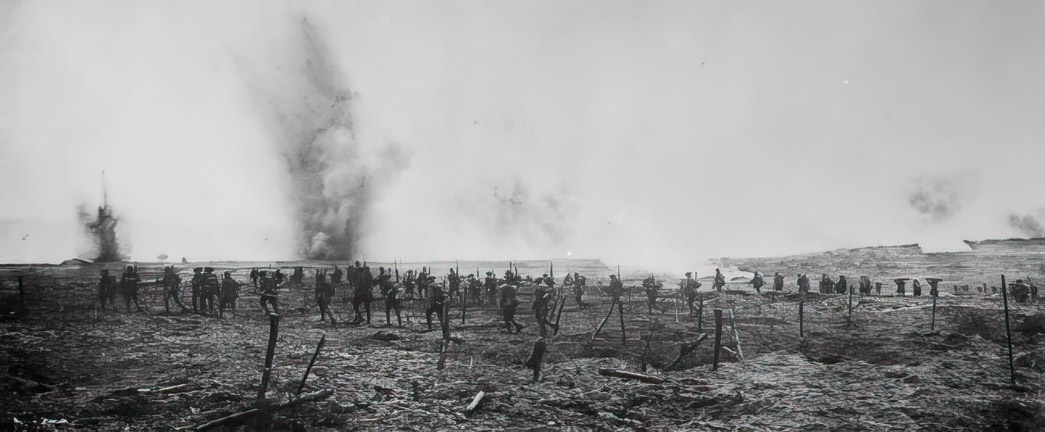
Since the Great War, the Canadian people, and our government, have chosen to commemorate the attack on Vimy Ridge as the iconic Canadian action of the First World War.
Vimy was part of the larger Battle of Arras, designed to be an attritional, grinding conflict to relieve pressure on the French armies to the south.
The assault on Vimy Ridge was the first time that all four divisions of the Canadian Corps attacked together, supported by both British and Canadian artillery, engineers and logistical support. Its preparation and execution became a hallmark for other Canadian successes later in the war – detailed preparation and rehearsal followed by overwhelming firepower and methodical attack in phases. It was also the culminating success for British Lieutenant General Sir Julian Byng as Canadian Corps commander before turning the Corps over to Canadian command.
Taking the ridge cost some 3,600 Canadian lives, with double that number wounded, many maimed for life. Although Vimy Ridge remained in Allied hands for the remainder of the war, much hard fighting by Canadian, Australian, British, French and American soldiers would be required defeat the Germans in France in 1917-1918.
The exhibit told the stories of 11 local soldiers who played a role at Vimy. As an example, Private John R. Padget, 2nd Canadian Mounted Rifles, was born in Manotick on Dec. 29, 1885, the Son of Thomas Adison and Eliza Padget. He served three years in the 56th Regiment of the Canadian Militia before moving to the West with his family. He enlisted on Dec. 15, 1915 in Moose Jaw, Sask., listing his occupation as carpenter and his mother as his next of kin. In France he joined the 2nd Regiment, Canadian Mounted Rifles (2nd CMRs), then manning trenches at the foot of Vimy Ridge. During the attack on the Ridge, the Regiment took their objective of La Folie Farm. From May 20 to 25, the 2nd CMRs were out of the front lines but were providing work parties. Private Padget was one of three killed by shell fire on a working party on Vimy Ridge on May 22. He is buried in Ecoivres Military Cemetery, Mont-St. Eloi, France, where he is commemorated as John Robinson Padget, age 34, son of Thomas and Eliza Padget of Manotick.
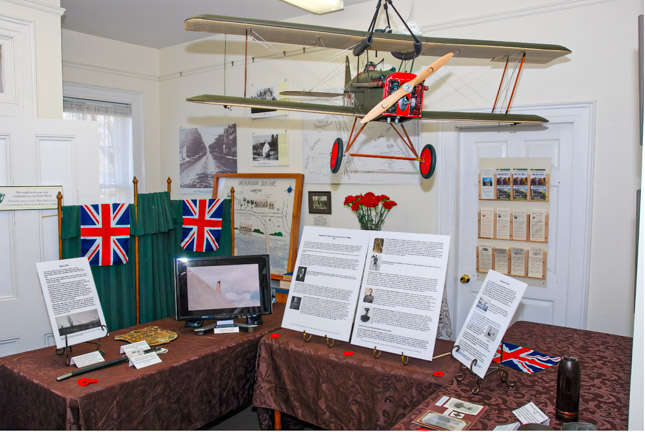
By early 1917 airpower was an essential element of any battle. The Royal Flying Corps (RFC) and Royal Naval Air Service (RNAS), both of which included many Canadians, had distinct roles to play in the period leading up to the Vimy attack. Artillery needed aircraft before the battle to locate and photograph enemy positions and both aeroplanes and balloons spotted and corrected artillery fire from the air by radio and telephone during the actual operations. Much of this work fell to the “corps squadrons”, one allocated to each army corps, flying the B.E.2c.
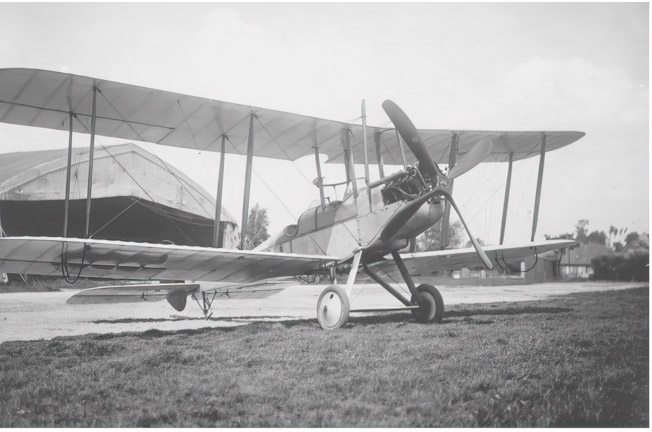
Unfortunately, this aircraft had become obsolete, and April 1917 became “Bloody April” when the RFC suffered its greatest casualties of the war.
The RFC had only five fighter squadrons to oppose the German “Jastas” of single-seat fighters, which shot down so many of the B.E.2cs; but help came from four RNAS squadrons flying the Sopwith Pup and Triplane. No. 3 Squadron, “Naval 3”, flying the Pup was commanded by R.H. “Red” Mulock of Winnipeg and along with its British pilots, included a number of Canadians, among them at least three pilots from Carleton Place.
Low clouds and precipitation placed limits on aerial activity throughout the Vimy operations, but aircraft were busy flying contact patrols where planes located the position of friendly forces and reported back to headquarters.
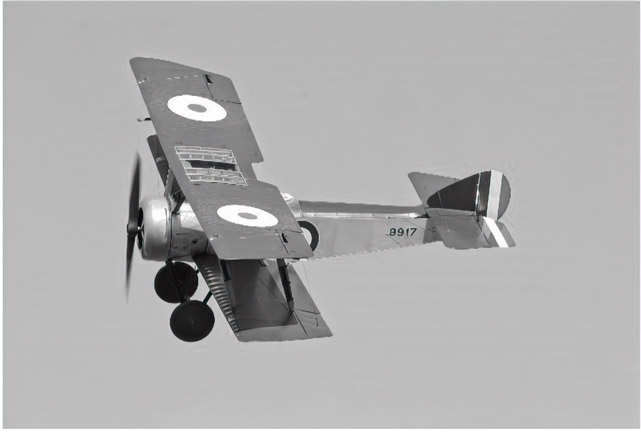
A popular feature of the Vimy exhibit was a ¼-scale model of an S.E.5a British single-seat fighter which was suspended from the ceiling and seemed to fly over the exhibit (see above.) The S.E.5a did not actually arrive at the front until the early summer of 1917 and thus did not contribute to the success at Vimy; however, it and the famous Sopwith Camel wrested air superiority from the Germans in the autumn of 1917.
Also on display as part of the exhibit were First World War artifacts, including:
- A collection of mostly Canadian cap badges, collar badges and shoulder titles that was assembled and mounted by a First World War soldier;
- An 18-Pounder high explosive shell, with the explosive and fuse removed. Shells of this type were the most common fired by the Canadian Field Artillery batteries at Vimy Ridge.
- Mess tins used by Canadian troops, in this case a set issued to Private Allen Dixon of the 122nd Muskoka-Parry Sound Battalion. The battalion was broken up in England and never got to France.
- Bayonet and scabbard carried by Canadian soldiers for use with the Lee-Enfield no. 1 rifle.
- The silver Memorial Cross received by the mother of Sapper Hugh Stamp of Manotick.
In addition, the exhibit included a video featuring photographs of the Vimy Memorial set to the music of Edvard Grieg, “Ase’s Death” from “Peer Gynt”.
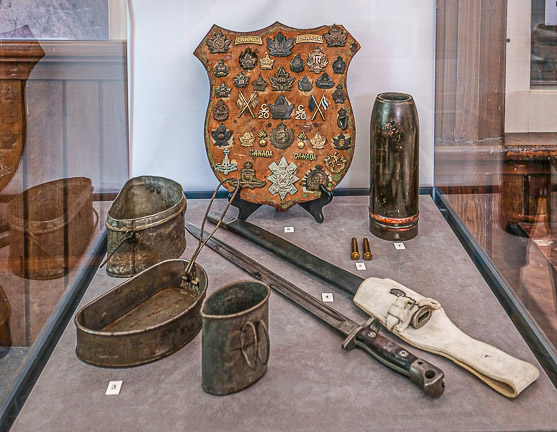
Spratt Family Commemoration and Related Second World War Artifacts
The Spratt family of Dickinson House provides a striking example of the significant contributions that were made by local families during times of war. Each year, the Dickinson House Museum displays a set of panels telling the stories of the exploits of each of five children of Alexander Moore Spratt and Cynthia Evelyn Spratt (nee Edwards).The Spratts were the second family to own and operate what is now known as Watson’s Mill and to live in Dickinson House. Alexander Spratt passed away in 1935, as did the couple’s youngest child Hubert in 1938, due to a ruptured appendix. Despite these tragedies, Mrs. Spratt and her family continued to operate the mill, until it was sold to Harry Watson in 1946.
During the Second World War, four of Alexander and Cynthia Spratt’s surviving children served their country in various capacities, Charles in the army, and William and Ken in the Royal Canadian Air Force (RCAF). In the case of the Spratt’s daughter Helen, she worked as a civilian cipher clerk employed by the Royal Canadian Navy. The Spratt’s fifth child Richard followed in the footsteps of his older siblings, serving with the RCAF during the Korean War.
The Spratt siblings:
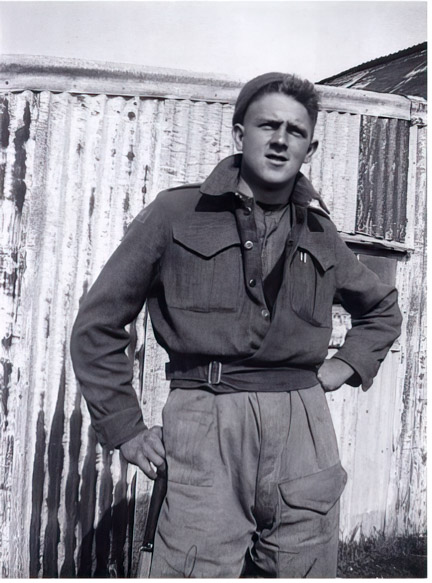

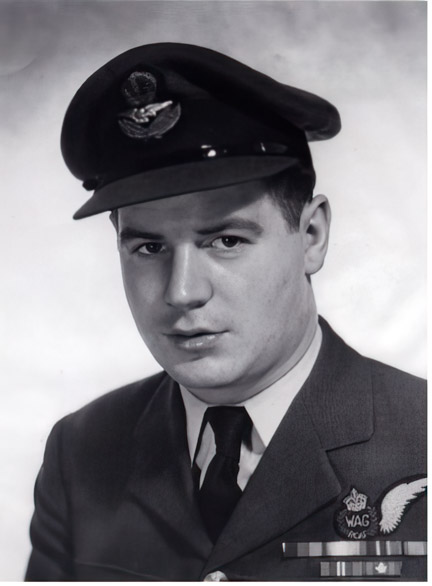
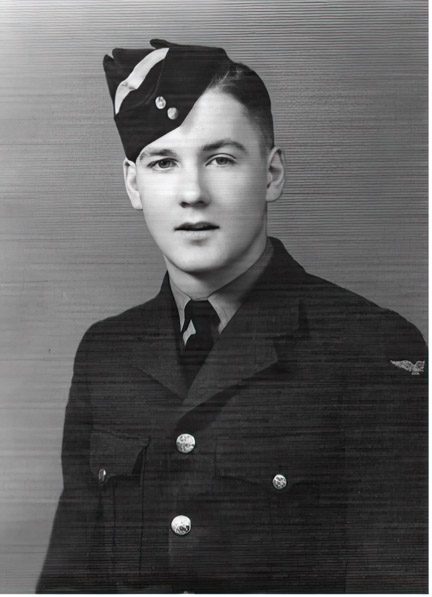
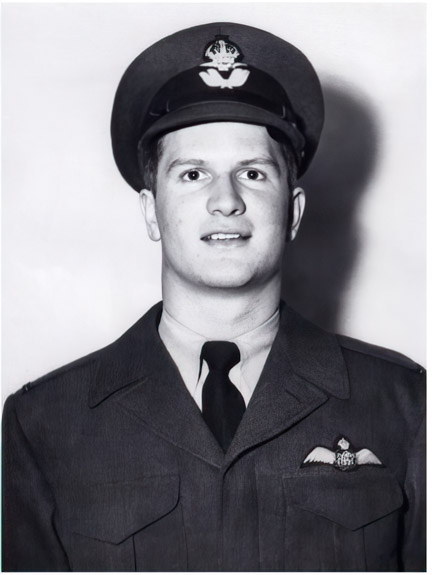
In addition to the panels describing the wartime involvement of the Spratt children, this year there were many original Second World War artifacts on display. Specifically, the items were intended to augment the involvement of the oldest Spratt sibling Charles, who served as a private in the Cameron Highlanders of Ottawa (Machine Gun). In essence, if one were able to go back in time to the Canadian army in 1945, bring Charles Spratt, the soldier, forward to the present and take all his army kit and spread it out over the three tables, that was what was on view in the exhibit.
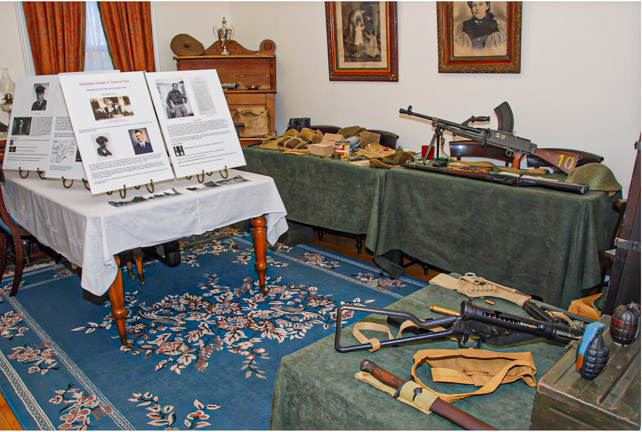
The display was complete with a Canadian Second World War uniform, basic web gear, puttees, a cap badge, shoulder titles, a Lee-Enfield rifle, a Sten sub-machine gun, a Webley revolver, deactivated grenades and much more.
An original web small pack was displayed with contents such as a holdall, a house wife, mess tins and food rations, to show what a soldier such as Charles would have had with him to use on a daily basis during the war.
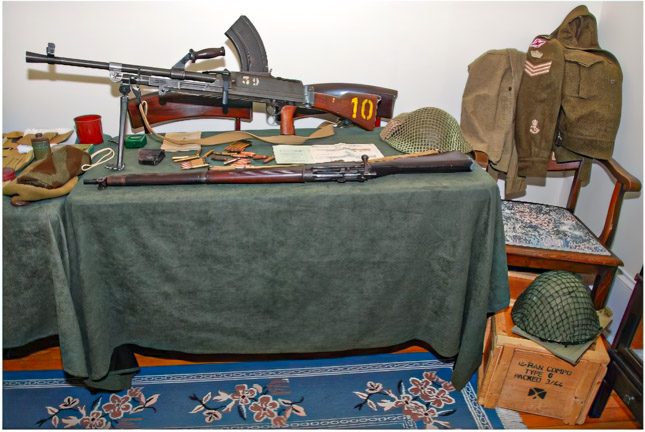
Central to the display was a deactivated 1943 Bren Light Machine Gun. It was such a firearm that Charles was described as using in his citation for valour in a battle in France in September of 1944. Charles fired a Bren Gun at the German Soldiers to keep the heads of the enemy soldiers down in their bunkers so as to give his fellow Canadian soldiers the ability to move up and take out the bunkers and capture a large number of German prisoners and war materiel
The 2017 remembrance exhibit was well-attended and received positive feedback. Visitors particularly enjoyed the Second World War artifacts, as well as the S.E.5a aircraft flying over the Vimy exhibit. The scale model was provided and installed by Doug Culham.
Sources:
Ronald Dodds, The Brave Young Wings (1980);
Canadian Expeditionary Force personnel files, RG150 and unit files, RG9, Library and Archives Canada;
Bill March, "Air Power and the Battle for Vimy Ridge," http://rcaf-arc.forces.gc.ca/en/article-template-standard.page?doc=air-power-and-the-battle-for-vimy-ridge/i89a1wkc
Military files, Rideau Archives Branch, City of Ottawa Archives;
Newspaper archives;
S.F. Wise, Canadian Airmen and the First World War (The Official History of the Royal Canadian Air Force, Vol. I.) (1980).
